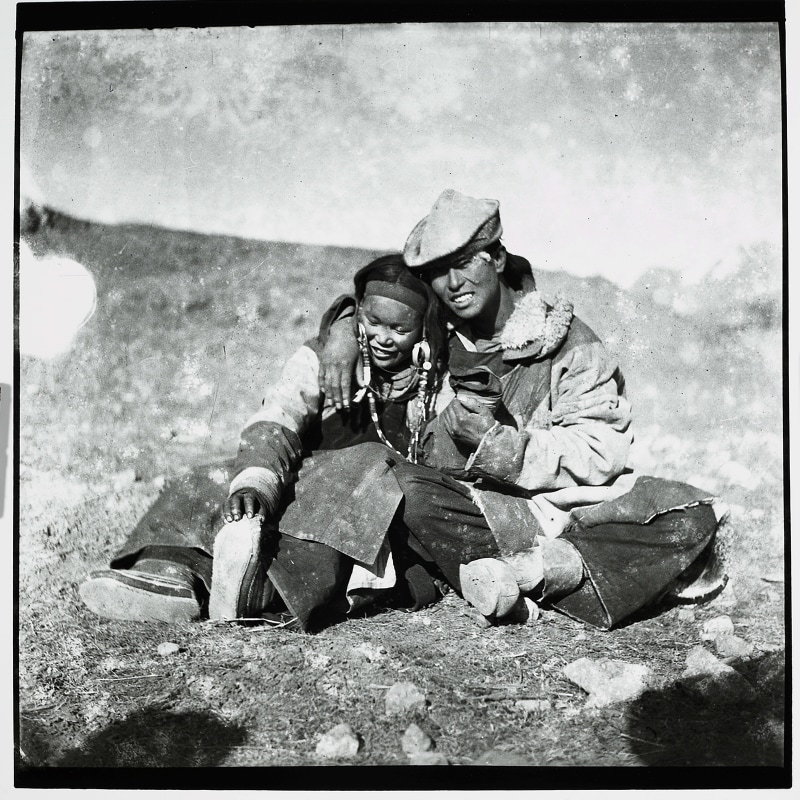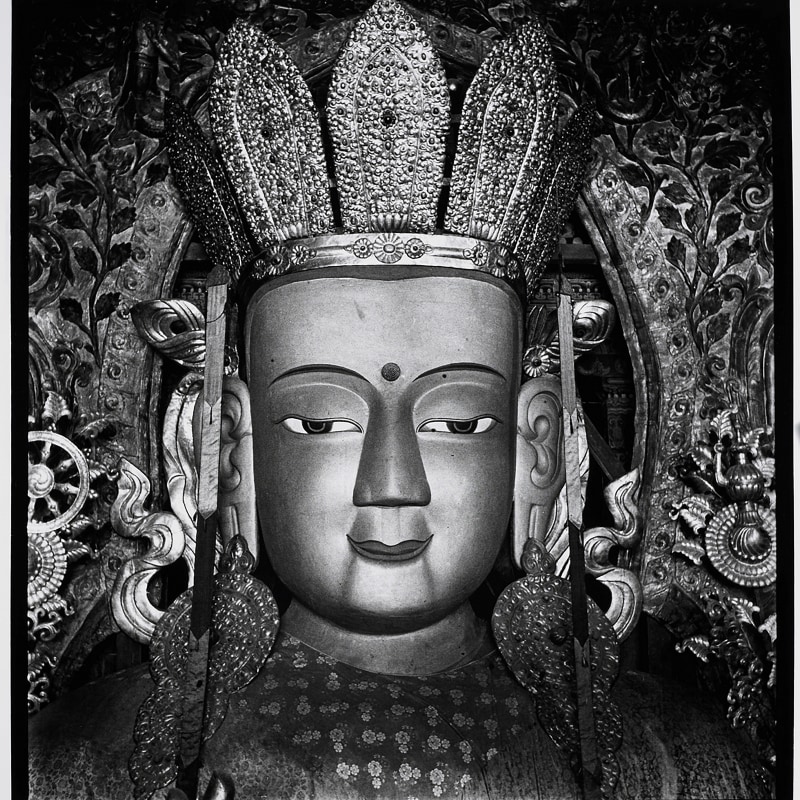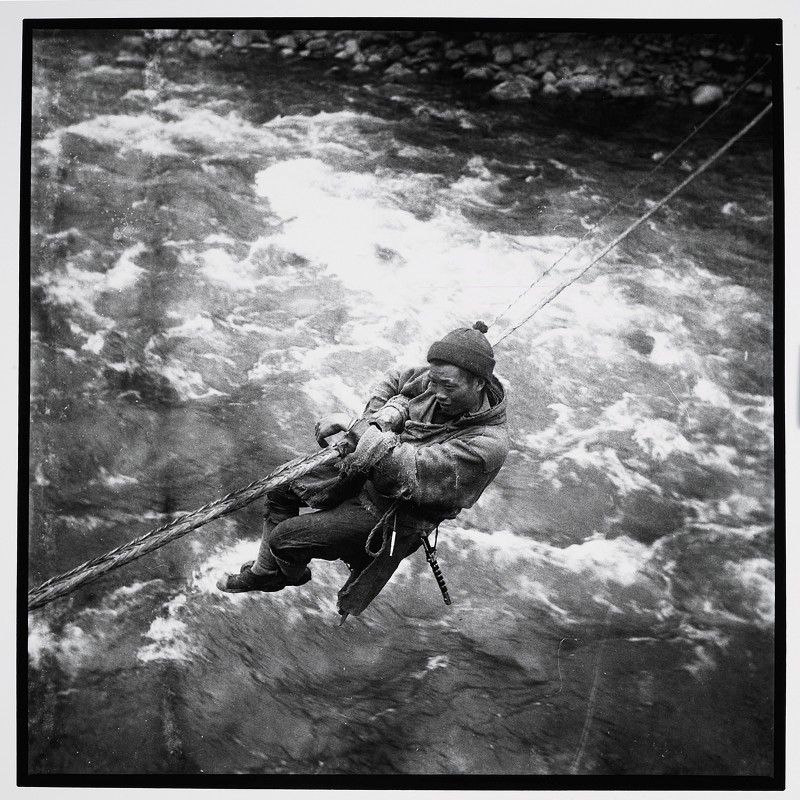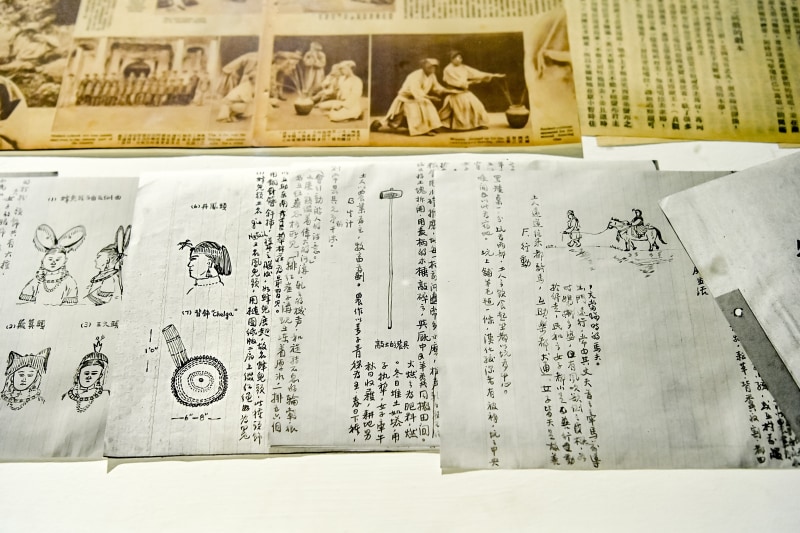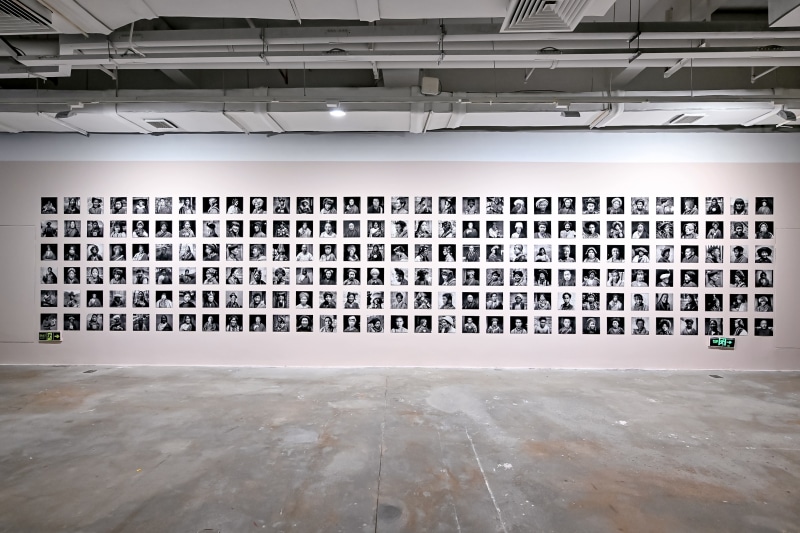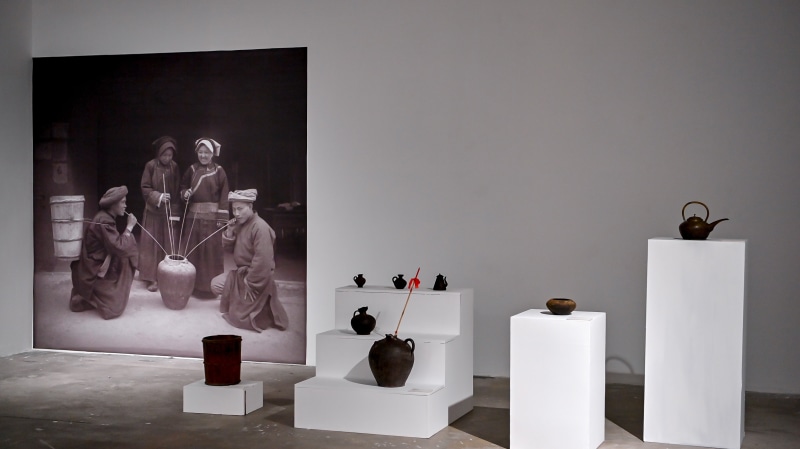The Oracle of the Uninhabited Land: Zhuang Xueben
Foreword
In the last two decades of the 21st century, photographer Zhuang Xueben (1909-1984), who had been buried in oblivion for many years, gradually became a phenomenal figure in the Chinese photography and anthropology circles. Just like in Exile's Return, people were surprised to find that this "unfamous", humble and kind photographer, who had been dismissed from public office in middle age due to the so-called "historical issue", remained obscure all his life and had a lonely, dreary life in old age, actually was a daring pioneer at the most turbulent time in China. During the Anti-Japanese War, Zhuang once trekked alone in the southwestern mountains and the northwestern wastelands where traffic was blocked, the territory was divided by chieftains, and the bandits were rampant. Just like a saint inspired by an oracle, Zhuang was determined to use the power of images to save the culture of the nation and rediscover the northwest.
The obsolete and solemn wasteland was empty and uninhabited, and the snow-capped peaks in the distance seemed to be isolated from the world. This young man who had grown up by the Huangpu River gazed in awe at the wild scenery, using his camera to capture the moment of light and shadow. Facing the unknown journey with very limited resources, he had never been frustrated by the reoccurring setbacks and scarcity but was completely drawn by the inspiration when the film was developed. In this lonely journey, Zhuang had been looking for the miracle of life, and eventually saw this miracle happen with his own eyes: the photos that captured the beauty and dignity of the wild were developed, telling a story of the frontier that had been eroded by time.
In the past ten years, as the research on Zhuang Xueben's "Ten Years Westward Journey" went deeper, the academic circle gradually realized that Zhuang had conducted systematic investigation and research in many fields such as human geography in western China, frontier chieftains, religious system, folk culture, costume art and so on. The results of his research are comparable in academic value to the achievement of the ethnologists or anthropologists of the same era. Zhuang took precious photos of Minjiang Gorge, Songpan Grassland, the Tibetan ethnic regions in Gansu, Qianhai and Tibet, the Yi ethnic region in Xikang Province, Lugu Lakeside, Indian commercial port...some of the photos have even become the only ethnographic images because of their rarity.
We are certainly impressed by Zhuang's academic achievement, and his well-deserved title, the "Pioneer of Documentary Photography". But when we go through the valuable pictures he left, we are more touched by his lonely journey, his perseverance and his determination. He once experienced the baptism of the uninhabited land in his prime and recorded the trajectory and dream of his young soul with cameras and film. And his dream, which continuously developed and grew through tenacious and unyielding creation, had finally been turned into a photographic epic of the ethnic groups within China's western borders in a bygone era.
Zhuang’ s photos need to be gazed at. He endowed the people of the borderlands with the power of civilization and dignity with his lens. All the people he captured: the handsome Khampa boy, the innocent Gyalrong girl, the contemplative living Buddha in Golog, and the dignified Tibetan nobles, are forever young and immortal in his photos. They can transcend the boundaries of time and space, proudly meet our eyes and communicate with us through photos. Zhuang left the Chinese people today an invaluable heritage: the perseverance to pursue freedom, dream, and humanity. As a result, the world that had been silent for thousands of years begin to make a sound, and those people and things that were always obscure in the depths of time finally emerge in front of our eyes.
Curator:Zhu Jingjiang

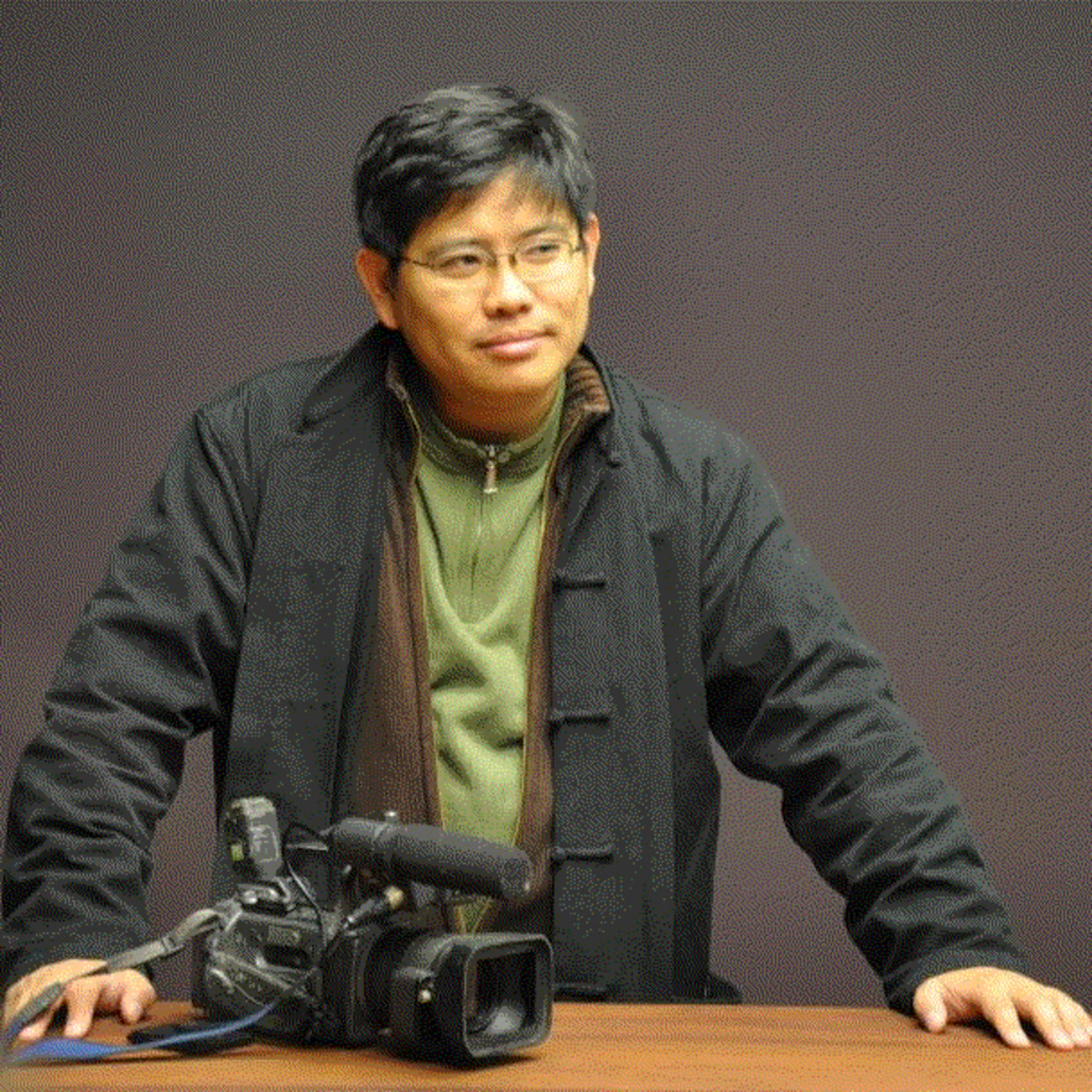 Portrait of Zhu Jingjiang
Portrait of Zhu Jingjiang Portrait of Zhuang Xueben
Portrait of Zhuang Xueben
